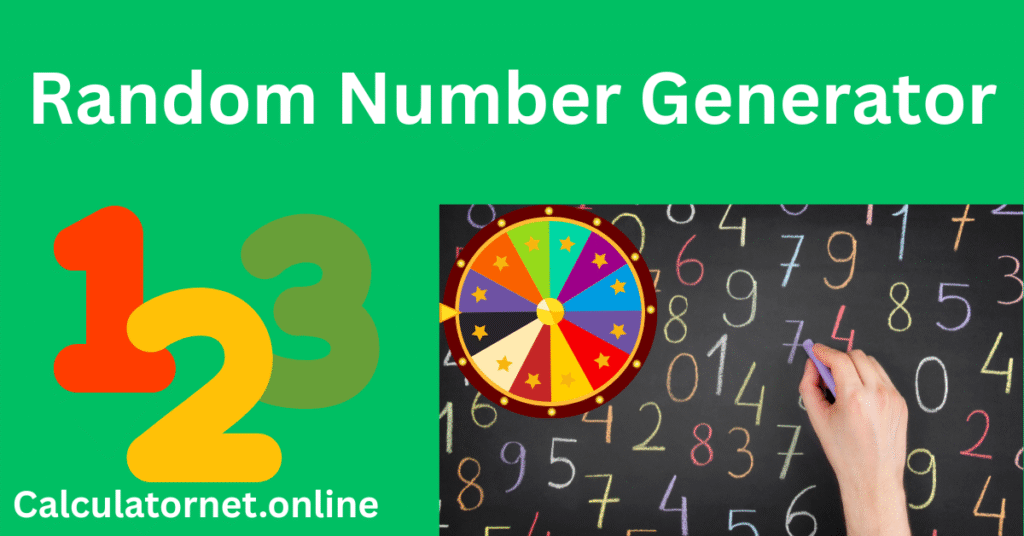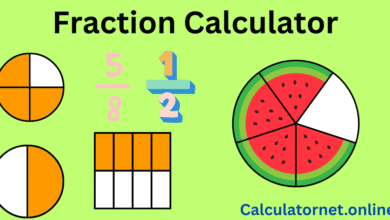Random Number Generator
Random Number Generator

Random Number Generator: What Is It and How Does It Work?
Have you ever wondered how online games, shuffle features on a music app, or even lotteries come up with their unpredictable results? The secret often lies with a random number generator. It might sound like a magical device, but in reality, it’s a fascinating piece of technology that plays a huge role in our digital world. A random number is a number picked from a set that has no predictable pattern. This article will demystify what a random number generator is, explore the different types, and explain how they’re used in a variety of applications. By the end, you’ll have a much better understanding of these powerful tools that are all around us.
What Is a Random Number Generator?
A random number generator (RNG) is a system or device designed to generate a sequence of numbers or symbols that lack any discernible pattern. This means each number in the sequence is unpredictable and independent of the others. These generators are essential for everything from scientific simulations to gaming, as they provide the unpredictability needed for fair outcomes. While we often think of random numbers as being purely for chance, they can also follow specific distributions, like a normal distribution, where certain numbers are more likely to appear.
Two Types of Random Number Generators
When we talk about random number generators, it’s crucial to understand there are two main categories: true random and pseudo-random. Each has its own method and use case.
True Random Number Generators (TRNGs)
True random number generators, also known as hardware RNGs, rely on physical phenomena to produce their numbers. These phenomena are truly unpredictable and can’t be replicated. Think of them as the digital equivalent of flipping a coin or rolling a die. They use sources of entropy, which is a measure of randomness or disorder, to create their output.
- Atmospheric Noise: The static you hear on an untuned radio can be used to generate truly random numbers.
- Thermal Noise: The random motion of electrons in a circuit creates a low-level static that is fundamentally unpredictable.
- Quantum Phenomena: The unpredictable behavior of quantum particles is another source of true randomness.
Because they rely on physical events, TRNGs are often slower and more expensive to implement, but they are considered the gold standard for applications where security and true unpredictability are paramount.
Pseudo-Random Number Generators (PRNGs)
Most random number generators you encounter on a computer are actually pseudo-random number generators. Unlike their true counterparts, these generators use an algorithm to produce a sequence of numbers. They start with a seed number—a starting value—and then use a mathematical formula to generate a sequence of numbers that appear random.
The key word here is “pseudo.” While the numbers seem random and are suitable for many applications, they aren’t truly random because if you know the seed and the algorithm, you can predict the entire sequence. This is why they are not used for cryptographic purposes. However, for video games, simulations, or other everyday uses, PRNGs are fast, efficient, and perfectly sufficient.
How Are Random Numbers Used?
Random numbers are everywhere, even if you don’t realize it. Here are some of the most common applications:
- Gaming: From shuffling a deck of cards in a digital casino to determining enemy encounters in a role-playing game, RNGs ensure that every gameplay experience is unique and fair.
- Cryptography: True random numbers are essential for creating secure encryption keys. Without them, passwords and data could be more easily guessed.
- Scientific Simulations: Researchers use random numbers to model complex systems, from predicting weather patterns to simulating atomic interactions.
- Statistics and Sampling: When collecting data, statisticians use random numbers to select a representative sample from a larger population, ensuring the results are unbiased.
- Art and Music: Artists and musicians use random number generators to introduce unpredictability into their creative processes, generating unique patterns or melodies.
Are All Random Numbers Truly Random?
As we’ve explored, the answer is no. Most computer-generated numbers are pseudo-random, meaning they are the result of a predictable algorithm. For most purposes, this is perfectly fine. However, in high-stakes fields like cryptography, it’s critical to use true random numbers derived from physical phenomena. The distinction between true and pseudo-randomness is fundamental to understanding how these tools function and why they are used for specific tasks.
Ultimately, a random number generator is a powerful tool. Whether it’s a simple algorithm shuffling a playlist or a complex device using quantum noise to secure data, its purpose remains the same: to introduce unpredictability into a predictable world.
Frequently Asked Questions
What is a random number?
A random number is a number selected from a set that has no predictable pattern. Each number has an equal chance of being selected, making it independent of all other numbers in the sequence. These numbers are used in various applications, from games and simulations to security and statistics, to ensure fairness and unpredictability.
What is the difference between a random number and a pseudo-random number?
A truly random number is unpredictable and comes from a source of physical randomness, like atmospheric noise. A pseudo-random number, on the other hand, is generated by an algorithm. While it looks random, it’s not truly random because it’s based on a starting “seed” number and a predictable formula.
Why are pseudo-random numbers used more often in computers?
Pseudo-random numbers are faster and easier to generate than true random numbers. Because they are created by an algorithm, they don’t require special hardware. For most applications, like gaming or software simulations, the “apparent” randomness of a PRNG is more than sufficient.
Can I use a pseudo-random number generator for cryptography?
No, you should not use a simple pseudo-random number generator for cryptographic purposes. Since the sequence of numbers is predictable if you know the starting seed, it can be exploited by hackers. Cryptography requires truly random numbers to ensure keys and data are genuinely secure.
What is a “seed” in a pseudo-random number generator?
A seed is the initial number used by a pseudo-random number generator’s algorithm. It determines the entire sequence of numbers that will be generated. Using the same seed will always produce the exact same sequence, which is why PRNGs are not considered truly random.
How do you generate a random number without a computer?
You can generate random numbers using physical methods like flipping a coin, rolling dice, or drawing from a hat. These methods are considered “true” random because the outcome is based on physical, unpredictable events.
What are some real-world uses for random number generators?
Besides gaming and cryptography, random number generators are used in scientific research to model complex systems, in statistics for creating unbiased samples, in lotteries and sweepstakes to ensure fairness, and even in music composition and art to create unique, non-repeating patterns.


